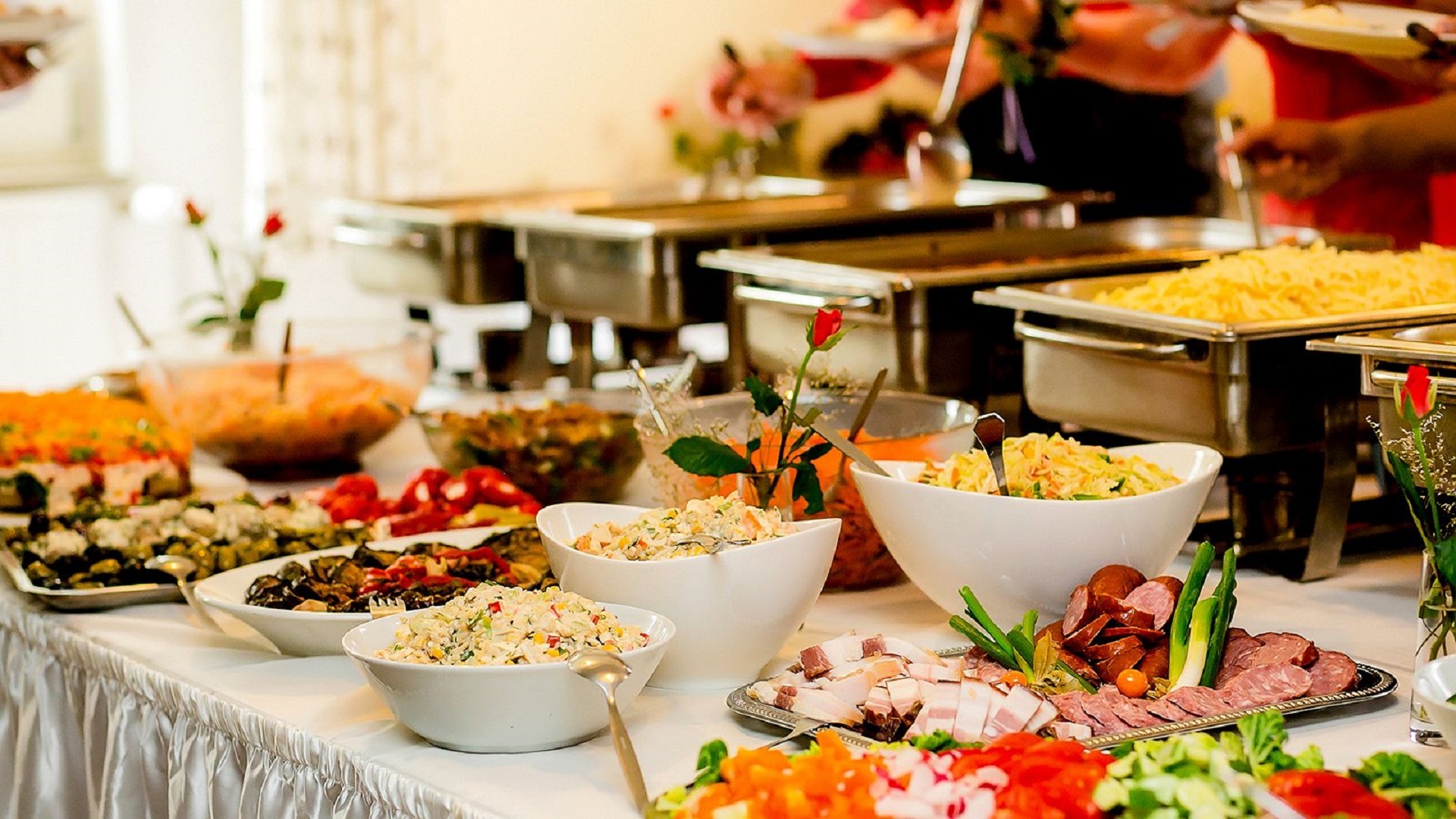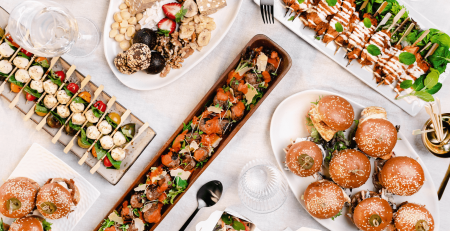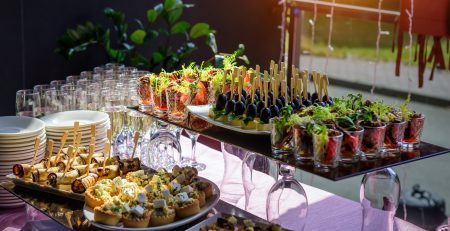Overcome Catering Obstacles with These Expert Tips
Catering can make or break an event. Whether you’re an event planner, a small business owner, or a catering service provider, the challenges you face in ensuring a seamless catering experience can be daunting. The obstacles are numerous, from managing costs and dietary requirements to maintaining menu quality and innovation. However, these hurdles can be overcome with the right strategies and expert advice. This article will highlight common catering challenges and provide practical tips to help you navigate them successfully.
Identifying Common Catering Challenges
Managing Costs
One of the biggest challenges in catering is controlling costs. Event planners and catering providers often need help with budget constraints while trying to offer high-quality, memorable experiences. Fluctuating food prices, labor, and unexpected expenses can quickly eat into profits.
Ensuring Dietary Requirements are Met
In today’s diverse culinary landscape, accommodating various dietary requirements is a significant challenge. From allergies and intolerances to specific nutritional preferences like veganism or keto diets, ensuring that everyone’s needs are met can be overwhelming.
Maintaining Quality and Innovation in Menus
Another major hurdle is providing consistently high-quality food while keeping menus fresh and innovative. Guests expect delicious, visually appealing dishes that reflect the latest food trends. Achieving this while managing logistics and timing can be tough.
Expert Tips for Overcoming Obstacles
Cost-Saving Strategies
- Bulk Purchasing: Buying ingredients in bulk can significantly reduce costs—partner with suppliers who offer discounts for large orders.
- Seasonal Menus: Create menus based on seasonal produce, often cheaper and fresher than out-of-season items.
- Efficient Staffing: Optimize your staffing levels to avoid overstaffing or understaffing. Use part-time or temporary staff during peak times to manage labor costs effectively.
- Waste Reduction: Implement practices to minimize food waste. Plan portions accurately and repurpose leftovers when possible.
Menu Planning Advice
- Diverse Options: Offer various dishes catering to various dietary needs. Ensure each menu includes vegetarian, vegan, gluten-free, and allergy-friendly options.
- Ingredient Transparency: Clearly label ingredients in your dishes to help guests make informed choices and prevent allergic reactions.
- Taste Testing: Conduct regular taste tests with a diverse group to ensure your menu appeals to different palates and dietary preferences.
- Flexibility: Be prepared to adapt your menu based on guest feedback and evolving nutritional trends.
Leveraging Technology for Efficiency
- Catering Management Software: Use software to streamline operations, manage orders, track inventory, and schedule staff efficiently. Tools like Caterease and Total Party Planner can be invaluable.
- Online Ordering: Implement an online ordering system for clients to customize their menus easily. This reduces errors and improves customer satisfaction.
- Data Analytics: Utilize data analytics to track popular dishes, customer preferences, and sales trends. This information can help you make informed decisions about menu offerings and pricing.
Case Studies and Success Stories
Case Study 1: Cost Management Success
Before: A small catering business struggled with fluctuating costs and tight profit margins. It was frequently overstaffed, and food waste was a persistent issue.
After: By implementing bulk purchasing, seasonal menus, and efficient staffing practices, they reduced costs by 20%. Waste reduction strategies further improved their bottom line.
Case Study 2: Meeting Dietary Requirements
Before: An event planner faced numerous complaints about insufficient dietary options at events; guests with allergies and preferences felt they needed to be addressed.
After: By offering diverse menu options and clearly labeling ingredients, the event planner saw a significant increase in guest satisfaction. Positive feedback highlighted the inclusive nature of the menu.
Case Study 3: Maintaining Quality and Innovation
Before: A catering service provider struggled to innovate their menu while maintaining high-quality standards; they faced logistical challenges and inconsistent feedback.
After: They introduced new, trendy dishes that received rave reviews by conducting regular taste tests and staying flexible with their menu, leveraging data analytics helped them better understand customer preferences, leading to more targeted and successful menu planning.
Conclusion
Overcoming catering obstacles is essential for delivering exceptional events and maintaining a successful catering business. By addressing common challenges such as managing costs, meeting dietary requirements, and maintaining quality and innovation in menus, you can ensure a seamless and memorable experience for your clients and their guests. Implement the expert tips in this article to navigate these challenges effectively and achieve improved outcomes and customer satisfaction.
Call to Action
We want to hear from you! Share your own experiences and challenges in the comments section below. Remember to subscribe to our newsletter for more expert tips and industry insights. Together, we can elevate the catering experience for everyone involved.















Leave a Reply